Personal weather station the size of a matchbox, 'smart' equalizer for the outside world, an original musical instrument smelling of your favorite aromas, alarm clock and holographic platform
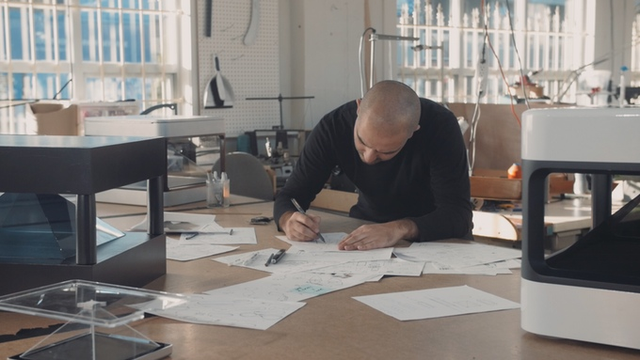
Foreword
Kickstarter is a forge of ideas, many of which would never have come to light otherwise. Supporting startups is a necessary and useful thing, because many well-known projects once started their lives this way.
The trouble is, any tool can be used in many different ways. Someone manages to chop nuts with a microscope or hammer in nails, and someone even uses it as a club, punching others on the head. Of course, there are also outright charlatans who try to get hold of easy money at the expense of gullible bakers. But not so much they are scary as honest, but disorderly developers who are not able to correctly assess the amount of work and calculate the risks. Before investing money somewhere, you must definitely take a closer look at the project and soberly weigh the pros and cons.
For example, a Pebble watch is an example of a successful project. Yes, not everything was smooth, not everything worked out right away, but in the end the developers achieved what they dreamed of, and the users got the thing they needed. Suffice it to say that not so long ago this little-known company successfully squeezed out not only the old-timers of this smartwatch market like Sony, but also aggressive newcomers-heavyweights like Samsung.
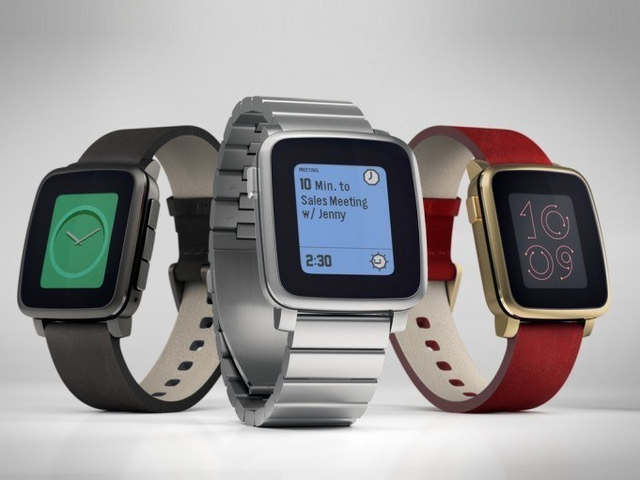
By the way, a new version of this watch, also funded on Kickstarter – Pebble Time, has recently been released. You can read their review at MR.
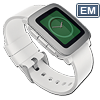 |
Review of smart watches Pebble Time – a competitor of Apple Watch? |
But the company Central Standard Timing, which went to Kickstarter with a very similar project, is an example of completely mediocre planning. The developers were not going to deceive anyone and honestly fought to the end – but they just could not establish the production of their amazingly thin E-ink watches. Too difficult, too expensive, too high percentage of defects. All they managed to do was release 135 hours, and there is no more money for further attempts to cope with the marriage.
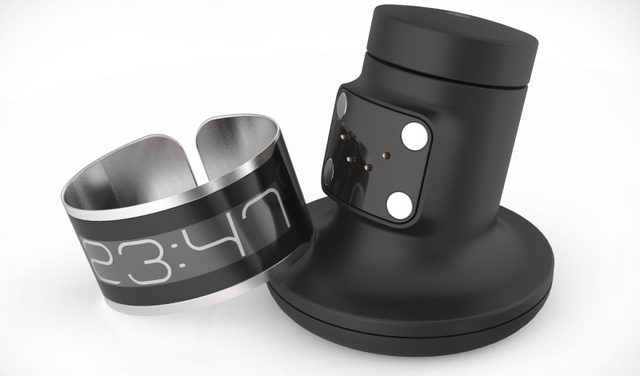
The fate of the company is currently unknown, while the developers plan to sell everything that is at least some value, and at least partially compensate the losses to their investors. As for the existing developments, they will most likely be opened to everyone. Who knows, maybe some of the followers of Central Standard Timing will be more successful.
Link to news
Weather Point 2.0
Say what you like, but the weather forecast is an extremely useful thing. Especially when it comes to country trips, picnics and summer cottages. The trouble is that it is not so easy to get an accurate forecast even for the next couple of hours, especially far from large settlements. What is the use of forecasts “for the region”, which are issued by large weather stations, when over your head it can pour like a bucket, and literally a couple of kilometers further the sun is already shining brightly? Not that there was something particularly scary in the rain, but getting caught in a downpour while walking is still not very pleasant.
[iframe url = '// www.kickstarter.com/projects/weatherpoint/weather-point-20-the-worlds-smallest-weather-stati/widget/video.html' width = '640 ″ height =' 360 ″ scrolling = 'no' frameborder = '0 ″ marginheight =' 0 ″]
The Mind Lab believes that solving this problem can be very easy – just carry around a tiny personal weather station that can easily fit in a matchbox. Despite its modest size, the device has 4 built-in sensors for analyzing humidity, pressure, temperature and even ultraviolet radiation. Based on their readings, the weather station can make a fairly accurate weather forecast for the next couple of hours. And precisely for the place where you are now. All that is required from the user is to insert the device into the headphone jack on his smartphone and launch a special application.
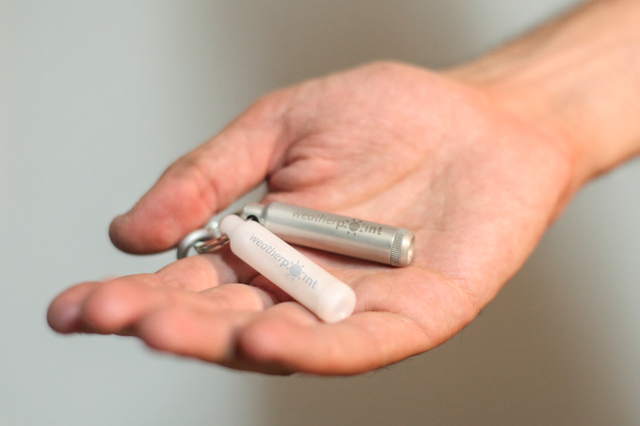
To be honest, I don’t know how much practical use the device will have – I suspect that, in the first place, it’s more of a fun accessory than a serious tool. On the other hand, its price is appropriate – only $ 19. The device looks pretty good as an original gift.

Project page on Kickstarter
Here Active Listening
We have long been accustomed to the fact that we can see the world around us the way we want. A huge number of people use glasses and lenses, some corrective, some sunny, and some even 'smart', finishing the picture on the fly. But for some reason, few people think that you can do the same with sound.
[iframe url = '// www.kickstarter.com/projects/dopplerlabs/here-active-listening-change-the-way-you-hear-the/widget/video.html' width = '640 ″ height =' 360 ″ Scrolling = 'no' frameborder = '0 ″ marginheight =' 0 ″]
Here Active Listening – headphones that look like ordinary 'plugs'. But you can't listen to music in them – they were originally created for another. But filtering out sounds interfering with you is easy. For example, reduce the noise of passing vehicles or the crying of a small child, add bass right during a live concert, or simply use one of the available audio effects that change the reality around you.
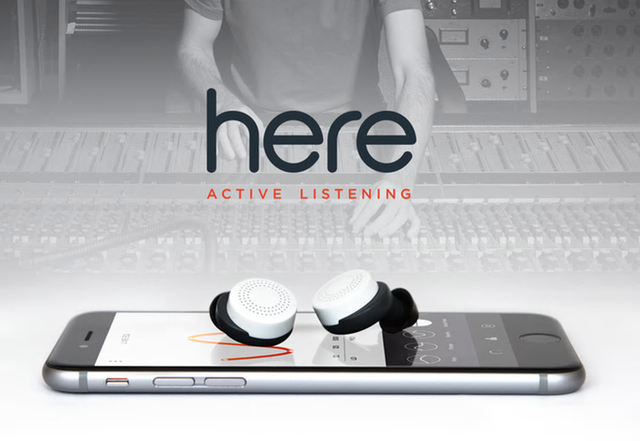
The idea is very interesting, but how will it all work in practice? Even ordinary headphones with good active noise canceling do not work perfectly, and they are usually by no means cheap. And here we are talking about something much more. I have no doubt that it will be interesting to play with the device for a couple of hours, but will you want to use it further?
Project page on Kickstarter
Oval
There are a great many musical instruments in the world. Any child knows about some of them, others – only rare specialists who study the culture of long-disappeared tribes. Some musical instruments have existed for millennia, others are created literally before our eyes.
One such little-known and perhaps very much underestimated modern instrument is the Han, which was invented in 2000 by Felix Rohner and Sabina Scherer. The game looks something like this on it:
[iframe url = '// www.youtube.com/embed/xk3BvNLeNgw' width = '640 ″ height =' 360 ″ scrolling = 'no' frameborder = '0 ″ marginheight =' 0 ']
Spanish start-up Oval Sound has gone a step further and introduced an electronic version of the instrument for the first time.
[iframe url = '// www.kickstarter.com/projects/2101519704/oval-the-first-digital-handpan/widget/video.html' width = '640 ″ height =' 360 ″ scrolling = 'no' frameborder = '0 ″ marginheight =' 0 ″]
The device turned out to be very original both in terms of design and materials – components such as clay, quartz and marble were used to create the material for the case.
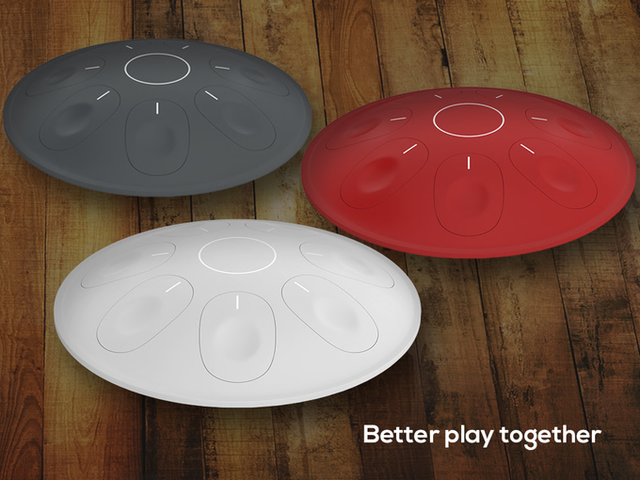
OVAL can be connected to a smartphone via Bluetooth or USB. First, it will allow you to take advantage of the branded music application. Secondly, to fine-tune the sound of the instrument and even teach it to make new sounds.
Project page on Kickstarter
SensorWake
Oh, how many smartwatches have appeared on the market over the past year. And how many more will be … Alas, almost all of them are like two peas in a pod and, strictly speaking, do not offer the smartphone owner anything new.
SensorWake is another matter. Even though they can be called 'smart' with a noticeable stretch, and outwardly they more resemble a regular alarm clock than a modern gadget. But you can't deny them originality.
[iframe url = '// www.kickstarter.com/projects/222459303/sensorwake-wake-up-happy-with-the-smell-based-alar/widget/video.html' width = '640 ″ height =' 360 ″ Scrolling = 'no' frameborder = '0 ″ marginheight =' 0 ″]
For me, an alarm clock is one of the most hated things in the world. No matter how much the developers try to come up with 'smart' modes that can track the phases of sleep, no matter how carefully they select the melodies, the essence of all alarms is the same. Their task is to mercilessly wrest you out of sleep, roughly reminding you that the weekend has already passed and that there is a long and difficult work week ahead. Even knowing for sure that the day promises to be interesting and very intense, I cannot stand the process of waking up to the mocking sounds of the alarm clock.
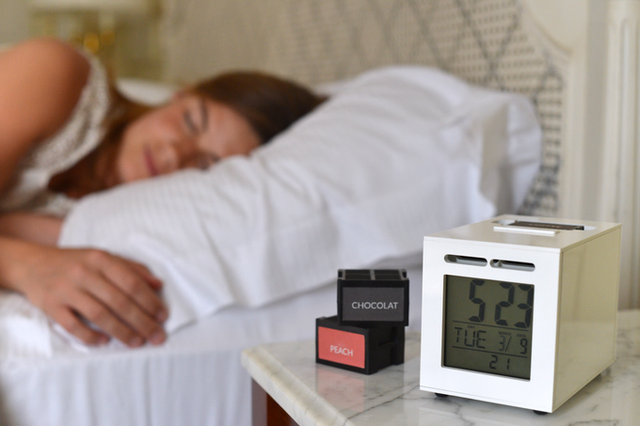
Unlike its arrogant counterparts, SensorWake operates in a completely different way. He wakes people up not with loud sounds, but with smells. Moreover, its creators assure that this method is no less effective – having felt your favorite aroma, even completely hopeless sleepyheads open their eyes after 2-3 minutes. What is typical – completely voluntarily and without any coercion.

The alarm clock works on the principle of a capsule coffee machine – you chose a capsule with the desired aroma, inserted it into the machine, pressed the button. The main thing is not to forget to set the call time.
Several scents are already available to choose from, from the smell of the seaside and freshly cut grass to the smell of chocolate or hot baked goods. Moreover, one cartridge is enough for about 60 awakenings.
Project page on Kickstarter
Holus
Holus is an even more ambitious project. True, and more controversial, because it is still problematic to understand how the matter will end (and whether it will end with anything at all).
We are talking about a holographic platform capable of transforming a 'flat' corinka into a three-dimensional image. True, it's still pretty simple, but that's not bad either.
[iframe url = '// www.kickstarter.com/projects/1314339634/holus-the-interactive-tabletop-holographic-display/widget/video.html' width = '640 ″ height =' 360 ″ scrolling = 'no' frameborder = '0 ″ marginheight =' 0 ″]
In theory, there are a huge number of scenarios for using such a device: computer games for several participants, improving the interior (turning it into a fireplace or an aquarium is a matter of seconds), assistance during training (a 3D model can sometimes be much clearer than its 2D version) and a lot more .

You can control the device both with the help of gestures and voice, and with the help of the “power of thought” – however, for this you need to put a special sensor on your head.
It is clear that we are talking about a prototype rather than a finished device. Something like the version of Google Glass that was available to mere mortals seems to work, but just what to do with it is not entirely clear. But even in this form, the device is of certain interest. I would like to believe that before us is not the case when the swing for a ruble, but a blow for a penny.
Project page on Kickstarter
How is fundraising going?
| [iframe url = '// www.kickstarter.com/projects/weatherpoint/weather-point-20-the-worlds-smallest-weather-stati/widget/card.html?v=2 ″ width =' 200 ″ height = '420 ″ scrolling =' no 'frameborder =' 0 ″ marginheight = '0'] | [iframe url = '// www.kickstarter.com/projects/dopplerlabs/here-active-listening-change-the-way-you-hear-the/widget/card.html?v=2 ″ width =' 200 ″ height = '420 ″ scrolling =' no 'frameborder =' 0 ″ marginheight = '0'] | [iframe url = '// www.kickstarter.com/projects/2101519704/oval-the-first-digital-handpan/widget/card.html?v=2 ″ width =' 200 ″ height = '420 ″ scrolling =' no 'frameborder =' 0 ″ marginheight = '0'] |
| [iframe url = '// www.kickstarter.com/projects/222459303/sensorwake-wake-up-happy-with-the-smell-based-alar/widget/card.html?v=2 ″ width =' 200 ″ height = '420 ″ scrolling =' no 'frameborder =' 0 ″ marginheight = '0'] | [iframe url = '// www.kickstarter.com/projects/1314339634/holus-the-interactive-tabletop-holographic-display/widget/card.html?v=2 ″ width =' 200 ″ height = '420 ″ scrolling = 'no' frameborder = '0 ″ marginheight =' 0 '] |  |

